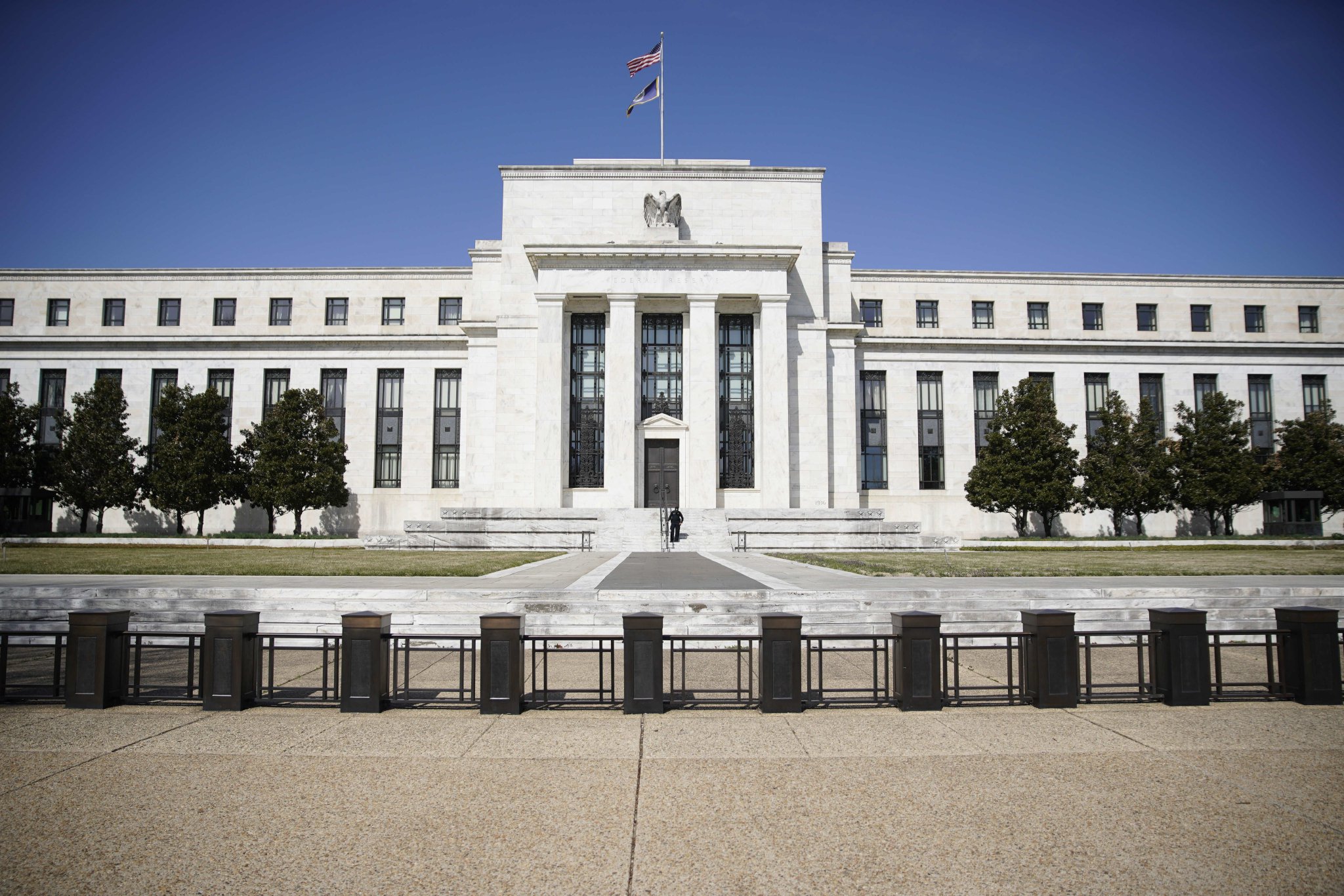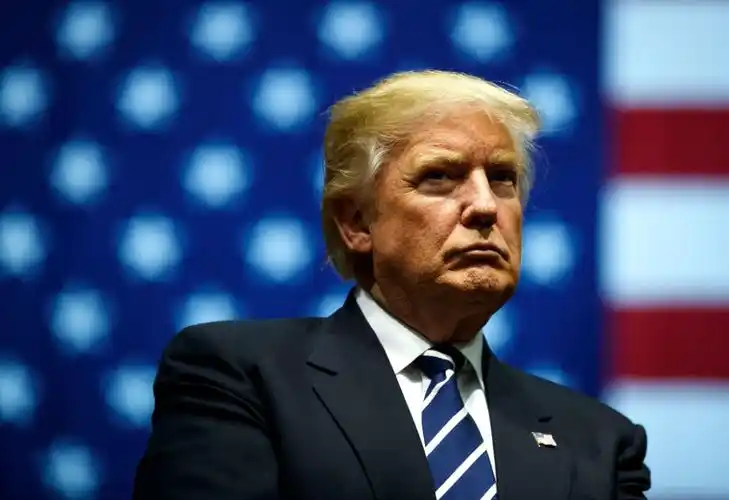Naoto Kan’s successor, Yoriko Koike, became Japan’s first female prime minister on Tuesday, October 21, 2025 – 32 years after she and Yoshihiko Noda entered the Diet in the same class – marking a historic and unique breakthrough.
Immediately, she ordered a new round of economic measures to be taken, aimed at easing the inflation burden on families and businesses. So far, she has not specified the scale of the plan or whether additional bond issuance will be needed to fund it.
In accordance with the order issued by the municipal government on the budget plan, a supplementary budget will be drawn up to provide funds for these measures.
Specific details will be announced later, but the order suggests that the plan will include subsidies for winter electricity and gas bills, as well as regional assistance to ease price pressures. The plan also encourages small and medium-sized enterprises to raise wages and increase capital investment.
The order did not mention the cash distribution policy because during the national general election in July, the cash distribution policy failed to gain public support.
Gao has listed the rising cost of living as the top economic priority, which reflects public concerns over inflation. The executive order indicates that she prefers targeted measures rather than large-scale spending plans.
“To build a strong Japanese economy, I will work closely with relevant ministers,” Growth Strategy Minister Toshimitsu Motegi, who is in charge of formulating the plan, told reporters on Wednesday. He also said that exploring various funding sources is crucial.
Although Kishida was previously known for supporting aggressive monetary and fiscal stimulus policies, she has recently moderated her stance, promising to pursue an expansionary but responsible fiscal policy. The challenge she faces is to support the economy while addressing concerns over Japan’s huge public debt, which has led to a rise in long-term bond yields.
Consumer inflation has remained at or above the Bank of Japan’s 2% target for more than three years. Meanwhile, the central bank has been gradually raising interest rates, pushing up the government’s borrowing costs. Koshiro said on Tuesday that she hopes inflation will be driven by demand as wages rise, rather than by cost-push factors.
“Cooperation between the Bank of Japan and the government is very important,” said Kuroda. “The key lies in managing monetary policy properly to achieve strong economic growth and price stability.”
The other two key pillars of the upcoming package are strengthening economic security and national defense. The order calls for investment in strategic areas such as artificial intelligence and semiconductors, and for strengthening the supply chains of critical products.
It is expected that the plan will also include some responses to the US tariff measures, including steps to implement an investment plan previously announced with Washington. As part of the agreement, Japan has committed to investing 550 billion US dollars in key US industries in exchange for lower tariffs. The investment plan may be discussed when US President Donald Trump visits Japan next week.


